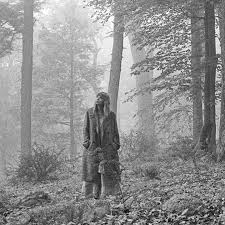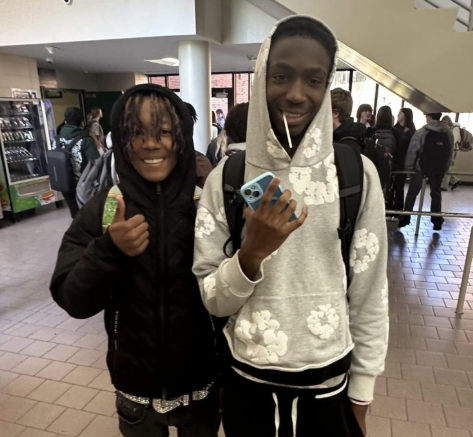Taylor Swift’s Folklore: a Welcome Surprise to the Music Industry
On July 23, Swift informed her 140 million Instagram followers that she was going to be releasing an unplanned album only 11 months after her chart-topping album, Lover. Folklore (stylized folklore), her eighth studio album, was dropped the next day.
Throughout her career, Swift has experimented across genres, bringing a new style and sound to every single album. Not since 2017’s Reputation have we seen such a rejection of her past work. The album has 16 songs, with a deluxe version containing “the lakes – bonus track”. She works with Jack Antonoff, a recurring part of the creation of her previous albums, but for Folklore she brings in a new voice and sound: Aaron Dessner. Dessner solidifies Swift’s emergence into the alternative music genre. Bon Iver’s Justin Vernon is also a new collaboration for Swift in “exile”, although the track has been compared to 2012’s “The Last Time”, with Gary Lightbody.
Folklore is largely a fictional album, a novelty for Swift, who has consistently drawn on her own experiences for inspiration. The most notable example of this fictionalized storytelling is the trio of songs: “betty”, “cardigan”, and “august”. Together, they tell the story of a high school summer romance between Betty and James. “cardigan” is told by Betty, while “betty” is told by James, and “august” is told by the girl that James cheats on Betty with.
With recurring imagery and parallelism, the songs in Folklore can be grouped together by three overarching themes. Organized by Swift herself, the saltbox house, sleepless nights, and escapism chapters were released a month after the album came out.
Love her or hate her, you can’t deny that Taylor Swift has brought yet another lyrical masterpiece to the music industry this summer, a gift of fantasy at a time when reality doesn’t look as dreamy.
Your donation will support the student journalists of The Woodlands High School. Your contribution will allow us to purchase equipment and cover our annual website hosting costs.







